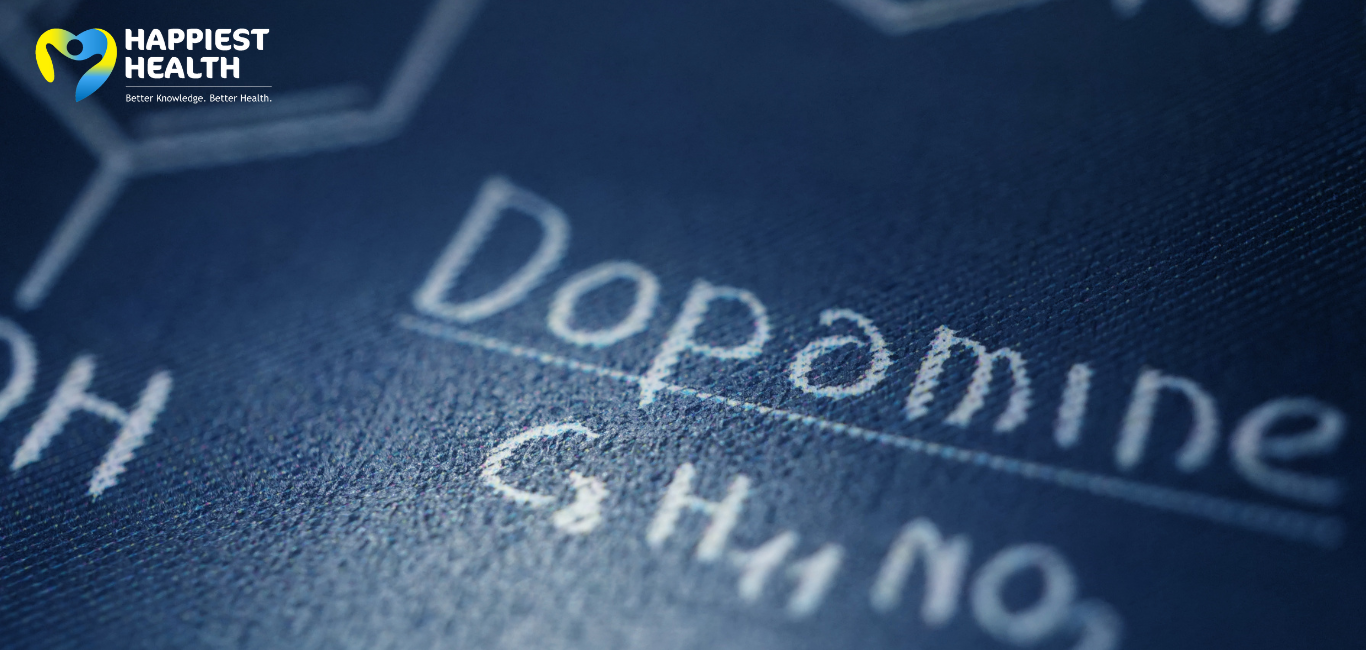Dopamine rush– how often have we heard that phrase? It is that happy buzz we get when we do something pleasurable.
Although the neurotransmitter dopamine has the happy hormone tag, it has more roles to play in the body. Significantly, it facilitates movement and is a crucial player in conditions like Parkinson’s. This is because dopaminergic neurons (neurons that produce dopamine) in the substantia nigra are affected. As the dopamine levels dip, stiffness, jerky movements and shaking surface.
Notably, dopamine is known to be the biggest player in addiction due to its key role in reward and motivation. For example, every like on a This peak, as always, is followed by a fall, leaving us wanting to get that dopamine high again – the reason why we seek digital approval and dopamine rush on a daily basis.
Does that mean dopamine is a villain? Absolutely not. Through its rise and fall, this neurotransmitter works like flowing water, carving out a response to a stimulus, creating both memories and learning behaviour and new skills. For example, it activates neurons in the while, in the same fashion, it imprints learning in neurons of the hippocampus.
The main component of dopamine is the amino acid tyrosine. Tyrosine is available in foods like soy, avocado, banana, dairy, and pumpkin seeds.


















